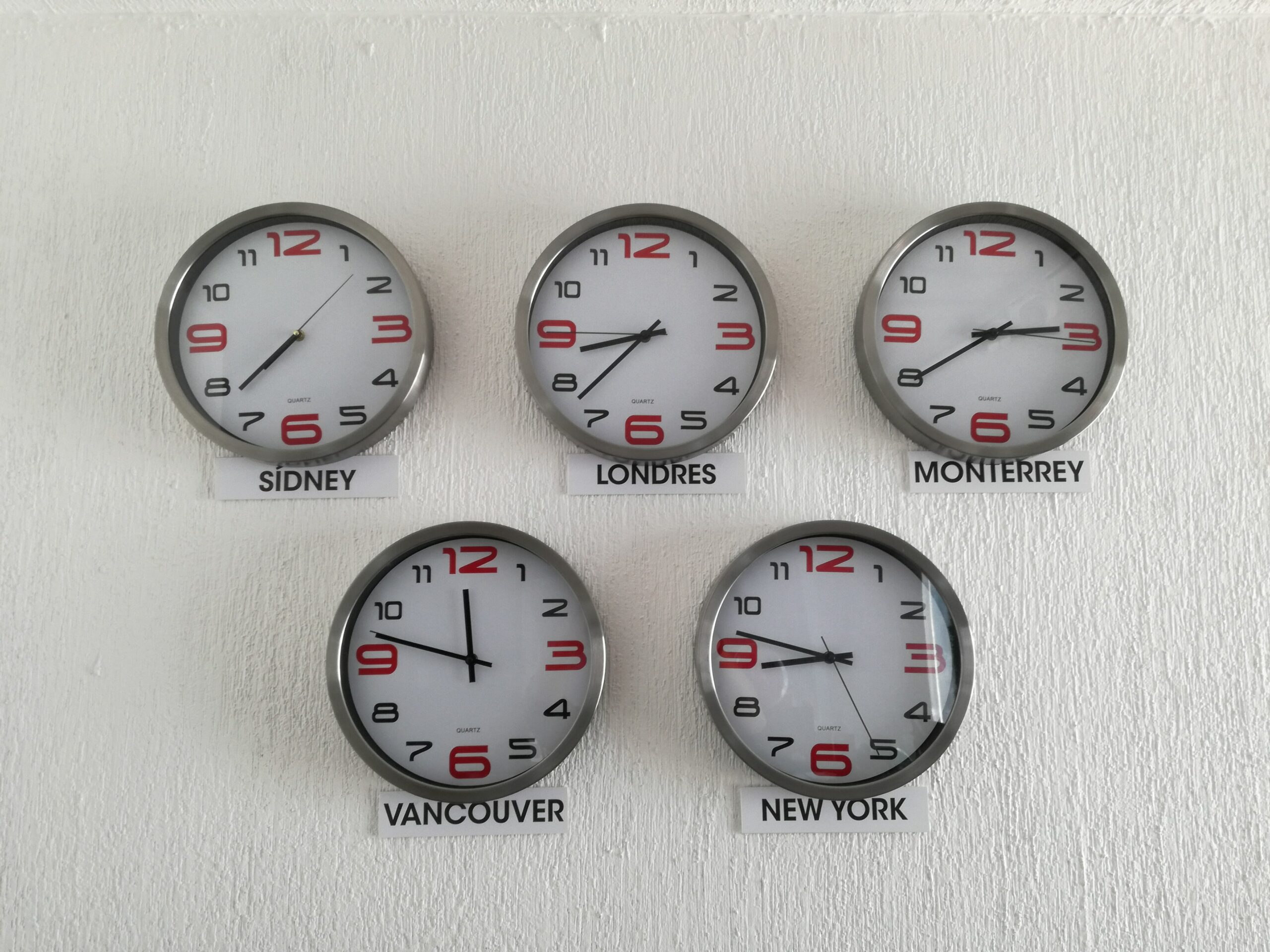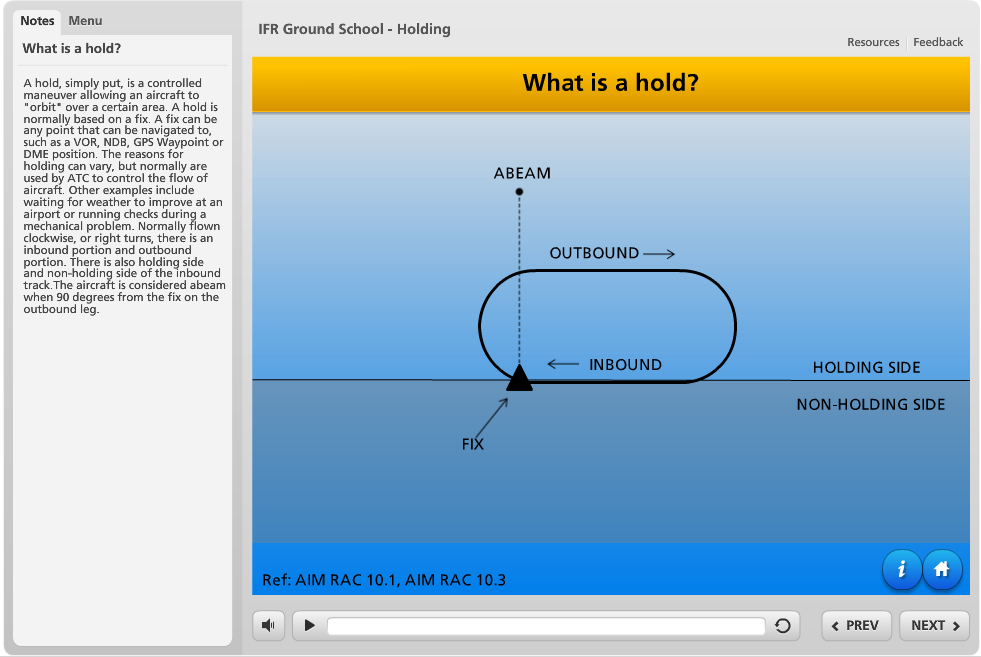Calculating Alternate Weather Requirements for Aerodromes With TAFs

Updated April 2020
When filing an IFR flight plan in Canada, a pilot must indicate an alternate aerodrome, other than the destination aerodrome, that is suitable for landing if the destination becomes unsuitable. A pilot must consider many factors when choosing an alternate, such as location, approaches, services available and weather. If the alternate aerodrome is not suitable as a destination, then it is likely a poor choice as an alternate.
Not using a TAF? Check out Calculating Alternate Weather Requirements for Aerodromes with GFAs.
The Canadian Aviation Regulations (CAR) state:
602.122 Except as otherwise authorized by the Minister in an air operator certificate or in a special authorization issued under subsection 604.05(2), no pilot-in-command shall operate an aircraft in IFR flight unless the IFR flight plan or IFR flight itinerary that has been filed for the flight under section 602.73 includes an alternate aerodrome having a landing area suitable for use by that aircraft.
602.123 No pilot-in-command of an aircraft shall include an alternate aerodrome in an IFR flight plan or IFR flight itinerary unless available weather information indicates that the ceiling and visibility at the alternate aerodrome will, at the expected time of arrival, be at or above the alternate aerodrome weather minima specified in the Canada Air Pilot.
When calculating alternate aerodrome weather requirements, it is important to understand the difference between precision approaches and non-precision approaches.
The CARs define a precision approach as: “an instrument approach by an aircraft using azimuth and glide path information.” In other words, this type of approach guides aircraft horizontally and vertically. Examples of precision approaches are Instrument Landing System (ILS), Microwave Landing System (MLS), and Precision Approach Radar (PAR). This means RNAV or GNSS approaches with vertical guidance are not considered precision approaches.
The CARs define a non-precision approach as: “an instrument approach by an aircraft using azimuth information.” In other words, this type of approach provides horizontal information to aircraft. Examples of non-precision approaches are the Non-directional Beacon Approach (NDB), VHF Omni-directional Range Approach (VOR), Localizer Approach (LOC) and Global Navigation Satellite System Approach (GNSS).
A suitable runway or approach means a runway or approach that is suitable to use considering wind direction, aircraft configuration, equipment, and runway surface.
Understanding that a runway and approach are suitable is important because if a runway is not suitable, we can not use it to calculate alternate weather requirements.
Always refer to the current Canada Air Pilot (CAP) for alternate weather minima. The following chart is an exert from the Aeronautical Information Manual (AIM) for spring 2020. This chart can be found in RAC 3.14. The following weather requirements only apply to aerodromes served by terminal area forecasts (TAFs). Note that in Canada we always use altitudes in increments of 100 feet for alternate weather requirements. Any number that is 20 or less will round down, and any number that is 21 or more will round up. So, 620 feet will round to 600 feet, and 621 feet will round to 700 feet.
ALTERNATE WEATHER MINIMA REQUIREMENTS FACILITIES AVAILABLE AT SUITABLE ALTERNATE WEATHER REQUIREMENTS TWO OR MORE USABLE PRECISION APPROACHES, each providing straight-in minima to separate
suitable runways400-1 or 200-1/2 above lowest usable HAT and visibility, whichever is greater. ONE USABLE
PRECISION APPROACH600-2* or 300-1 above the lowest usable HAT and visibility, whichever is greater. NON-PRECISION
ONLY AVAILABLE800-2* or 300-1 above the lowest usable HAT/HAA and visibility, whichever is greater. NO IFR
APPROACH AVAILABLEForecast weather must be no lower than 500 ft above a minimum IFR altitude that will permit a VFR approach
and landing.FOR HELICOPTERS, where instrument approach procedures are available Ceiling 200 ft above the minima for the approach to be flown, and visibility at least 1 SM, but never less than the minimum visibility for the approach to
be flown.*600-2 and 800-2, as appropriate, are considered to be STANDARD ALTERNATE MINIMA.
Let’s look at some examples to help understand this information.
Example 1:
Step 1: I have chosen ABC Airport as my alternate by considering its location in relation to my planned destination, the services available, the number of approaches available, NOTAMS, and the fact that the aerodrome has a TAF.
Step 2: After looking at the TAF, I determined that based on forecasted winds at my estimated time of arrival (ETA), there will be five available and suitable approaches. Looking at the approach plates, I note the approach types, the height above the touchdown zone (HAT), and the recommended viability. Note that LNAV is a type of GNSS approach.
- ILS 29, 200 feet, 1/2 mile
- LOC 29, 380 feet, 1 mile
- LNAV 29, 230 feet, 1 mile
- VOR 24, 360 feet, 1 1/2 miles
- NDB 24, 460 feet, 1 1/2 miles
Step 3: I note that one precision approach is available at my ETA. Referring to the Alternate Weather Minima Requirements chart above, with one usable precision approach, the lowest allowable ceiling in the TAF is 600 feet, and the lowest visibility is 2 miles. The chart also says to add 300 feet to the lowest usable HAT, (300 + 200′ HAT = 500). Since 500 feet is lower than the standard 600 feet, I must use 600 feet. I also add 1 mile to the lowest visibility (1 + 1/2 miles = 1 1/2 miles). Since 1 1/2 miles is less than the standard 2 miles, I must use 2 miles.
In summary, if I want to use ABC Airport as my alternate, I must have a ceiling of not less than 600 feet and a visibility of not less than 2 miles in my TAF at my ETA.
Example 2:
Step 1: I have chosen DEF Airport as my alternate by considering its location in relation to my planned destination, the services available, the large number of approaches available, NOTAMS, and the fact that the aerodrome has a TAF.
Step 2: After looking at the TAF, I determined that based on forecasted winds at my ETA, there will be four available and suitable approaches. Looking at the approach plates, I note the approach types, the height above the touchdown zone (HAT), and the recommended viability.
- NDB 06, 580 feet, 2 mile
- LNAV 06, 330 feet, 1 1/2 mile
- VOR 11, 360 feet, 1 1/2 miles
- NDB 11, 460 feet, 1 1/2 miles
Step 3: I note that only non-precision approaches are available at my ETA. Referring to the Alternate Weather Minima Requirements chart above, with non-precision approaches, the lowest allowable ceiling in the TAF is 800 feet, and the lowest visibility is 2 miles. The chart also says to add 300 feet to the lowest usable HAT, (300 + 400′ HAT = 700). (Note that the lowest HAT, 330′, was rounded to 400′). Since 700 feet is lower than the standard 800 feet, I must use 800 feet. I also add 1 mile to the lowest visibility (1 + 1 1/2 miles = 2 1/2 miles). Since 2 1/2 miles is greater than the standard 2 miles, I must use 2 1/2 miles.
In summary, if I want to use DEF Airport as my alternate, I must have a ceiling of not less than 800 feet and a visibility of not less than 2 1/2 miles in my TAF at my ETA.
Example 3:
Step 1: I have chosen ABC Airport as my alternate by considering its location in relation to my planned destination, the services available, the large number of approaches available, NOTAMS, and the fact that the aerodrome has a TAF.
Step 2: After looking at the TAF, I determined that based on forecasted winds at my ETA, there will be nine available and suitable approaches. The winds are very light today. Looking at the approach plates for these approaches, I note the approach types, the height above the touchdown zone (HAT), and the recommended viability.
- ILS 29, 200 feet, 1/2 mile
- LOC 29, 380 feet, 1 mile
- LNAV 29, 230 feet, 1 mile
- VOR 24, 360 feet, 1 1/2 miles
- NDB 24, 460 feet, 1 1/2 miles
- NDB 06, 580 feet, 2 mile
- LNAV 06, 330 feet, 1 1/2 mile
- ILS 11, 200 feet, 1/2 miles
- NDB 11, 460 feet, 1 1/2 miles
Step 3: I note that two precision approaches are available at my ETA. Referring to the Alternate Weather Minima Requirements chart above, I see that with two precision approaches, the lowest allowable ceiling in the TAF is 400 feet and the lowest visibility is 1 mile. But I also note that the chart says, “TWO OR MORE USABLE PRECISION APPROACHES, each providing straight-in minima to separate suitable runways.” Since ILS 11 and ILS 29 both approach the same runway surface, we can only take credit for one precision approach. For one precision approach, the lowest allowable ceiling in the TAF is 600 feet, and the lowest visibility is 2 miles. The chart also says to add 300 feet to the lowest usable HAT (300 + 200′ HAT = 500′). Since 500 feet is lower than the standard 600 feet, I must use 600 feet. I also add 1 mile to the lowest visibility (1 + 1/2 miles = 1 1/2 miles). Since 1 1/2 miles is less than the standard 2 miles, I must use 2 miles.
In summary, if I want to use ABC Airport as my alternate, I must have a ceiling of not less than 600 feet and a visibility of not less than 2 miles in my TAF at my ETA.
Finally, if your chosen alternate aerodrome requires 600-2 or 800-2, which are considered standard, you can apply a sliding rule. As seen below, reduced visibility is acceptable for a higher forecasted ceiling, but only what is seen in the chart.
STANDARD ALTERNATE MINIMA
IF STANDARD IS APPLICABLE, THEN THE FOLLOWING MINIMA ARE ALSO AUTHORIZED CEILING
VISIBILITY CEILING VISIBILITY 600 2 700
8001 1/2
1800 2 900
10001 1/2
1
- Canada Air Pilot – Published by Nav Canada and is available for purchase from many Canadian pilot supply stores and Nav Canada’s online store: http://products.navcanada.ca/
- Canadian Aviation Regulations – http://www.tc.gc.ca/eng/civilaviation/regserv/cars/menu.htm
- Aeronautical Information Manual – http://www.tc.gc.ca/eng/civilaviation/publications/tp14371-menu-3092.htm






Hi!
I just wanted to thank-you for this. I had quite a hard time developing a concept of this and found this very helpful.
I was hoping you would be able to add more examples using stations with TAFs and in situations where no TAF exists.
Thanks!
Rashid
Never mind! I saw the other topic with GFAs
Great articles! 🙂 Thank-you!
This has cleared mess in my mind about this topic. Please keep it up. It will be better if you add examples of TAF with these problems and that would make it more practical.
with regards
Hi, thanks for your comment. I will work to add some more TAF examples.
Great explanation. I know I have it now thanks to your detailed explanations
Well organized and useful examples that will be a help to many. Thank you!
Well organized with great examples that will be a help to many. Thank you!
Excellent explanation.
Can you give us an explanation about the term PROB in the TAF?
Can I choose an aerodrome as an alternate aerodrome when its TAF is forecasted with the term PROB?
Thank you.
Hi Pessoa,
Check out my article Understand BECMG, TEMPO, and PROB with IFR Alternates (https://tompaul.ca/understand-becmg-tempo-and-prob-with-ifr-alternates/).
Don’t forget to share my blog with friends. If you need anymore help just comment on the blog or email me: [email protected].
Tom
Thanks Tom ! After searching in 2 manuals this is all I needed for clarification ! Great examples .. Thanks !!
Will be checking you Tempo above also !
Thank you, very well explained and easy to understand. Good refresher
Awesome explanation!
Thank you sooooo much! My prof/instructor doesn’t explain concepts well, so I was having a really hard time with this. Your explanation is straight to the point, simple, and broken down. This boosts my confidence a lot!
I have a question regarding how a TAF with a PROB 30 or another lower possibility in a TAF might affect the choice of alternates. Does this affect an alternate choice? Is this ignored or absolutely part of the alternate decision?
Hi Phil,
Sorry I was slow to respond, I don’t get on here as much as I used to.
I have an article talking about PROBs here: https://tompaul.ca/understand-becmg-tempo-and-prob-with-ifr-alternates/.
If you have any more questions, feel free to email me, [email protected].
Great explanation but what I am unclear on is where do I find the HAT and HAA? Is it the AGL values of the precision and non precision approaches?
I’ve read the cap gen but still unsure if I am looking at the correct value when I look at an approach plate.
Hoping to find a clear explanation like the examples above.
Hi Dave, sorry for the slow response.
You are correct. Depending on the type of charts you are using (CAP, Jeppesen), the HAT or HAA will typically appear next to the decision altitude / minimum descent altitude in (parentheses). This number is the height above the touchdown zone or height above aerodrome, depending on the approach type. Although I know what you mean, I would suggest avoiding saying AGL in this situation to prevent confusion. For example, when you hit your decision altitude, the HAT is based on your height above the touchdown zone, even if your aircraft is not over the touchdown zone yet. If you were doing a CAT 2 or 3 approach, your aircraft would have a radar altimeter and your decision *height* is based on your height above ground, but the approach plate would have been designed based on the terrain on the approach. This is why we do not use radar altimeters for anything other than CAT 2 & 3 approaches.
I hope this help! Email me if you have any questions, [email protected].